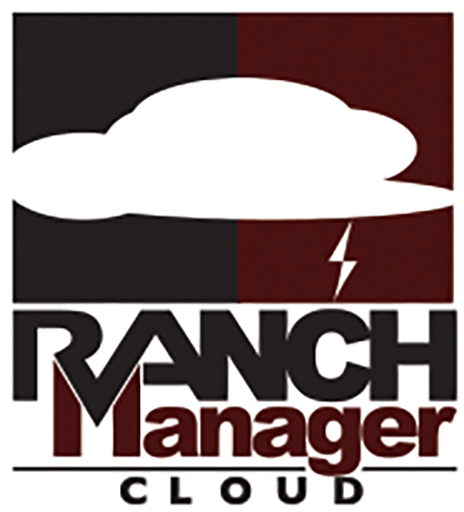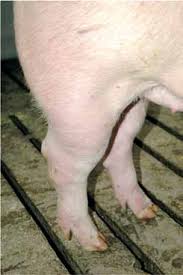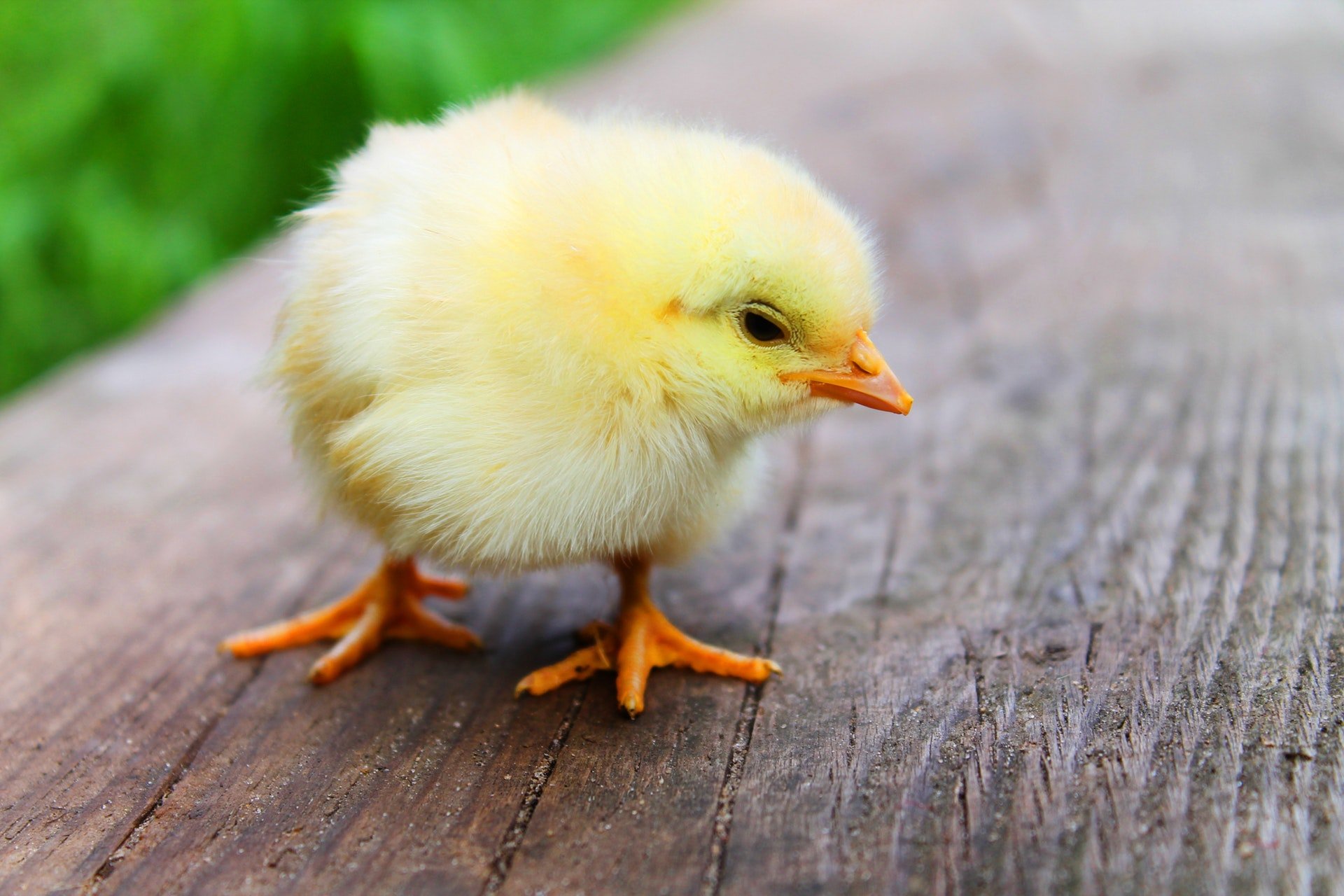Raising pigs for meat is a unique experience. It’s an accomplishment to raise something from weaning through butcher and into the freezer for your family. It also has a sense of comfort and peace of mind to know exactly what that animal has eaten through its life. However, Raising your own pork is definitely an experience of its own. There are definitely a few things to keep in mind if you get the bug to raise your own.
1. Pigs require heavy fencing
Pigs are very strong animals and can root under ordinary metal fencing. Typically you will want to purchase some special hog fencing to keep them penned up. This type of fencing is very strong and pretty difficult to bend. It can also be quite expensive in some places so make sure you have the funds available to purchase it. If not, then use regular metal fencing.
After you finish with the fencing, go back around the inside of the fence with pallets to reinforce it. This should keep the pigs where they belong.
2. Pigs have an odor
Pigs have (I guess you could call it) a “unique aroma”.
To be honest, if you don’t know how to avoid it, pigs just flat out stink. Be sure to have adequate spacing between them and your house. You’ll also want to check the ordinances where you live to make sure you don’t put them too close to your neighbors house either.
The best way to avoid a pigs scent is to just avoid it. There are a few ways you can accomplish this but three of them are:
1. Build a mobile pig pen.
This allows your pigs to keep being moved and, therefore, avoid a buildup of pig waste and scent.
2. Free Range pigs
You can give them a pasture and allow them to free range. This will keep them from rooting up an area, it avoids the mud, and it also avoids a buildup of their waste as well.
3. Cover their area in fresh straw
You can cover the pen in fresh straw about 4 to 6 inches deep. If you don’t have room to just turn them out to free range this may be a viable option for you.
If pigs are kept in a pen they will root up everything around them. This is because pigs love to be covered in something at all times. They literally enjoy being “pigs in a blanket”.
3. Pigs eat…..alot
Before getting pigs, you need to secure a good food source and preferably one that is economically friendly as well. On average pigs will eat 7 to 14 pounds of feed per day per pig. That is a lot of food through the life of the animal. If you have the land to allow your pigs to free range then you can get away with supplementing feed. A good cheap option to feed pigs is simply to throw them table scraps. There are things pigs shouldn’t eat such as onions, rutabaga, pork, etc. But feeding them slop is a great way to offset your feed bill if you only have 1 or 2 pigs. Feeding pigs is a big responsibility, but if you do your research beforehand, you will find what is readily available in your area that will supply the food your pigs will need.
4. Pigs need a heavy feeder
As has already been stated, pigs are very strong animals. Because of this they need a heavy duty feeder to keep them from throwing their food all over their pen. You can use almost anything for a feeder from trashcans (new) to barrels. Simply cut a hole in the bottom and place it on a piece of untreated wood.
5. Like every animal they need clean water.
Pigs can go through a lot of water in a day. At White Mountain Livestock Company we see an average consumption of 15-20 gallons per day per pig. If you allow your pigs to free range a nice pond will work wonders. If your pigs must be in a pen then it is important to give them plenty of clean water daily. Pigs have a habit of getting their water dirty so one way to avoid this is to use a food grade 55 gallon barrel with a nipple drinker attached to it. This will allow you to keep 55 gallons of water in the pen at all times. You may have to show them a few times how to use the nipple but they will catch on fast since pigs are very intelligent.
6. Pigs will need shelter to sleep in
Three sides and roof will suit them just fine. You can line the inside with fresh straw to help insulate and keep them warm during the colder months. This shelter will also keep them out of the sun during the hotter months. Light skinned pigs can and will get sunburns and believe me it’s no fun catching them to put sunscreen on.
7. Male pigs (boars) require castration if you are going to eat them
This is a fact. Boars must be castrated by 14 days old. This is because of the testosterone in them causes a very bad taste to the meat. It is important to receive proper training or to have a vet castrate your pigs because it can be complicated.
8. Pigs have a personality all their own.
Some pigs are very sweet natured, but some…..are highly aggressive. it all depends on the pig. At 200 to 300 pounds they can easily injure or even kill a child and in many cases an adult. It’s not uncommon to see pigs fighting over feed or being pushy when playing. Keep this in mind before you decide to raise them.
9. Don’t combine your pigs with other animals.
As was previously stated, pigs can be very rough when playing and can seriously injure other animals. We lost a number of chickens to the pigs simply because the chickens got into the pen. Pigs also have a very high sex drive. If you have a boar he could seriously injure another animal who he believes is his mate. Pigs get rather aggressive when a female doesn’t return their mating gestures.
10. It can be cheaper to just buy the meat
Raising pigs can be very expensive when you take into account processing costs, feed bills, vet bills, etc. In many cases it’s just flat out cheaper to buy the meat. The downside is you have no idea what that animal ate before it wound up in the grocery store. Here, at White Mountains Livestock we only feed our pigs grains from weaning to butcher. This increases the quality and flavor of the meat.
So, what about you? Do you think you could become a pig farmer? Do you have any tips or tricks that make raising pigs a little easier?
About Author
Joshua
Josh grew up with a passion for animals and technology. After years of self-learning, he finally enrolled in college and graduated with a BSIT in 2010. After working in multiple IT roles, he moved to Northern Arizona and started White Mountains Livestock Company. Utilizing the knowledge he had gained as a child and his passion for animals he steadily increased his herds. In 2020 while looking for a program to manage the company’s swine breeding program he came across Ranch Manager. After many conversations the company acquired the software later that same year. Since then, he has focused on improving the software using new technologies to help people manage their own herds with the newest technologies and features.











